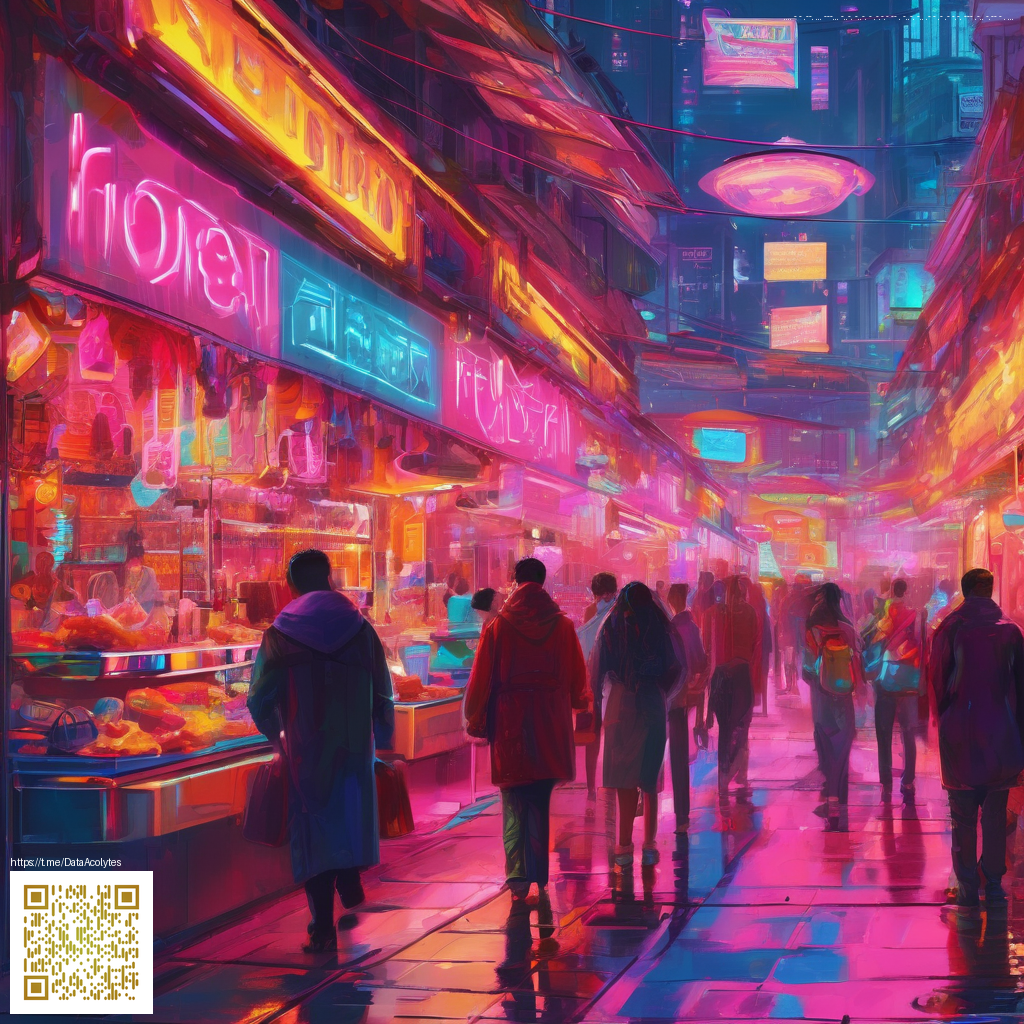The Role of Fan Art and Fan Fiction in Shaping Game Culture
In the vibrant ecosystems that surround modern games, fan art and fan fiction have evolved from casual hobbyist pursuits into powerful conversations that shape how communities see characters, worlds, and possibilities. These creative acts are not merely about admiration; they’re a form of participatory culture where players contribute their own visions, extend narratives, and critique design choices in a way that feels immediate and personal. When a player sketches a favorite protagonist or writes an alternate ending, they’re practicing world-building in public—sharing a slice of their imagination with peers who might see their idea as the seed of something larger.
The trajectory of fan-created content mirrors the broader arc of online communities. Early forums and image boards gave fans a space to riff on established lore, but the rise of platforms like DeviantArt, Wattpad, and countless fan-run wikis turned informal sketches into thriving ecosystems. Today, fan art can influence pacing, costume design, and even character motivation in subtle, almost imperceptible ways that accumulate across thousands of voices. The resulting “collective imagination” often becomes a living appendix to the game itself, offering new angles for interpretation, empathy, and connection across diverse audiences.
Fan art and fan fiction are a language the gaming world uses to talk back to itself—an ongoing dialogue that reveals how games feel, not just how they look.
Origins and evolution
Fan creativity didn’t sprout from a single moment; it grew from communities eager to celebrate shared experiences. In the earliest days, players drew quick sketches at conventions or shared lines of fan fiction in chat rooms. As the internet matured, open repositories and social networks allowed creators to reach broader audiences, receive feedback, and collaborate on evolving stories. Today’s fan ecosystems are less about isolated enthusiasm and more about ongoing collaboration—co-writing new chapters, creating art prompts, and remixing established elements in fresh contexts.
Impact on developers and official content
Developers often watch these currents with curiosity and care. When fans amplify a character’s charisma through art or imagine an alternative arc through fiction, studios observe what resonates and what stirs emotional engagement. This can translate into informal feedback channels that influence future expansions, side stories, or even official collaborations. At the same time, creators must navigate intellectual property considerations and community norms to keep the dialogue respectful and constructive. The healthiest fan cultures treat IP responsibly, credit original creators, and celebrate the skill and imagination of hobbyists while respecting boundaries between fan work and official material.
For creators on the move, documenting progress or sharing quick sketches during a livestream can be a game-changer. Tools that help stabilize and capture moments—from casual doodles to time-lapse sequences—play a small but meaningful role in sustaining momentum. For example, handy accessories like a phone click-on grip can keep your device steady while you film process shots or tutorials on the go.
Ethics, permissions, and community guidelines
Healthy fan cultures balance enthusiasm with responsibility. Clear attribution, respect for creator intent, and consent when using someone else’s characters or settings help maintain trust. Communities that establish shared guidelines—such as how to handle derivative works, where to publish, and how to credit inspiration—often weather disagreements more gracefully. When violations do occur, constructive moderation and open dialogue usually lead to solutions that preserve the energy of the community while protecting creators’ rights and feelings.
Practical tips for aspiring fan creators
- Find your platform. Start where your peers gather, whether that’s a dedicated art site, a fan fiction hub, or a social feed with robust discussion threads.
- Credit and context. Always credit the original work that inspired you and share a short note about what you’re exploring with your piece.
- Share process, not just product. Time-lapse videos, sketches, and draft notes invite engagement and learning within the community.
- Engage constructively. Respond to feedback with openness; constructive critique helps everyone grow stronger ideas.
- Respect IP and guidelines. Understand the boundaries of fan content and follow community rules to keep conversations healthy.
As fans explore and reinterpret games, physical artifacts and practical setup matter less than the energy of the exchange. Even small gestures—like sharing a quick workflow or offering a thoughtful critique—can spark a wave of creativity that echoes across fan art and fan fiction alike. The page gallery at https://crystal-images.zero-static.xyz/index.html is a testament to this dynamic, showing how diverse voices converge to reimagine familiar worlds.
